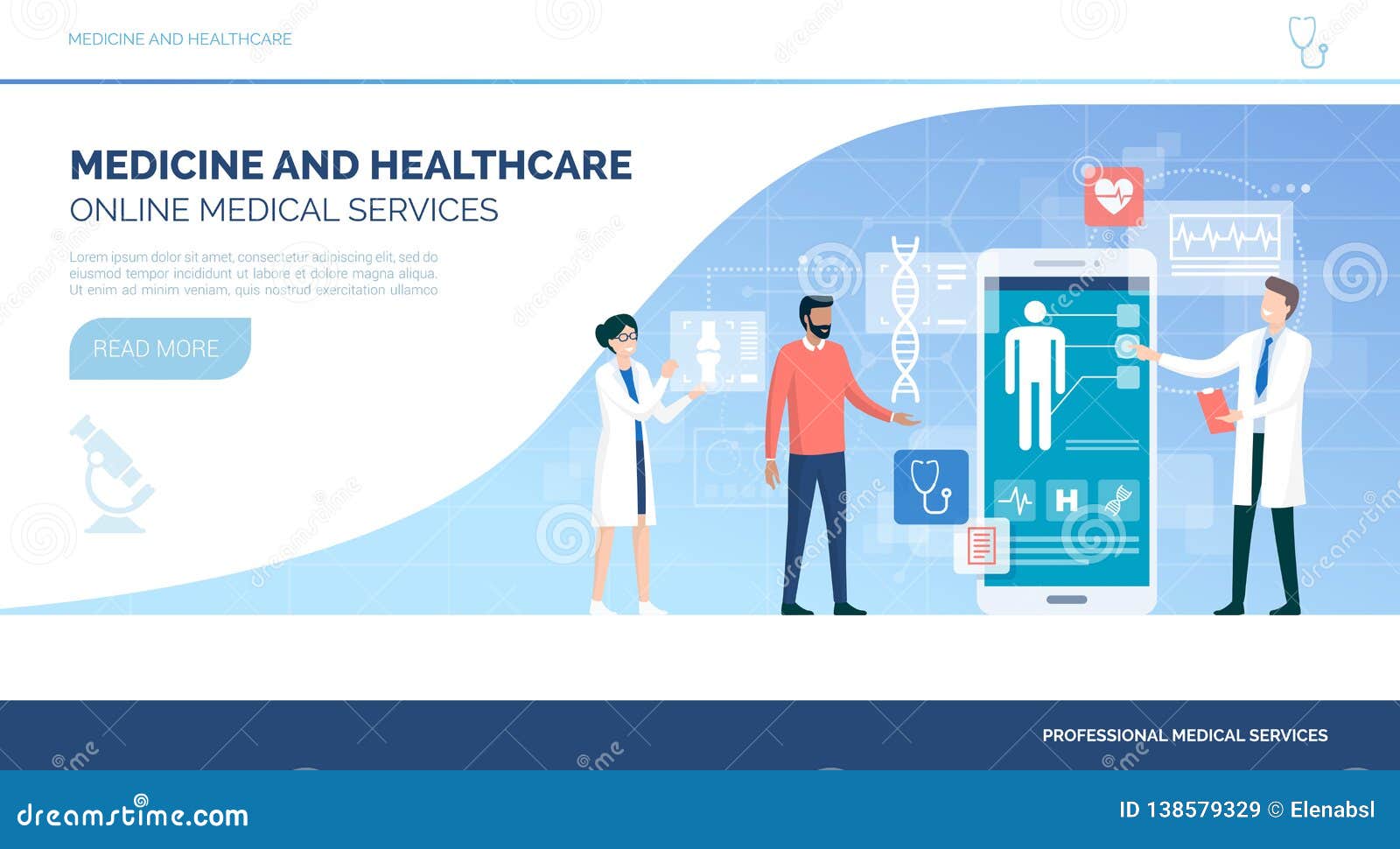Subscription Based Healthcare: Changing the Means We Think Of Health
Subscription Based Healthcare: Changing the Means We Think Of Health
Blog Article
The Increase of Subscription-Based Healthcare and Its Influence On Client Treatment
As medical care evolves, the subscription-based design is getting grip, promising to revolutionize individual treatment by offering predictability and accessibility. These models, which bypass standard insurance, can redefine the patient-doctor dynamic, stressing preventative and personalized care. Yet, just like any type of development, they offer difficulties, specifically concerning equitable accessibility for all socioeconomic groups. The potential for these designs to improve medical care distribution raises pushing questions regarding their long-term sustainability and inclusivity. Are these subscription services the future of healthcare, or do they risk leaving vulnerable populations behind? The details of this shift warrant a more detailed assessment.
Comprehending Membership Healthcare Models
Comprehending the principle of subscription health care versions entails examining a transformative method to clinical services that highlights price and ease of access. These versions, frequently referred to as direct medical care (DPC) or concierge medicine, have actually arised as ingenious alternatives to conventional fee-for-service health care systems. Subscription medical care permits clients to pay a set monthly or annual charge for a specified collection of medical services, which might include unlimited workplace sees, routine examinations, and basic lab examinations, without the need for standard insurance invoicing.
The structure of subscription healthcare designs is developed to improve patient treatment by removing third-party payers and complicated payment codes, thereby decreasing administrative burdens. Medical care companies can concentrate a lot more on patient treatment, fostering more powerful patient-provider partnerships. This model also advertises preventative care by encouraging normal sees, as the economic obstacle of per-visit fees is eliminated.
The membership model typically equips medical care providers to handle smaller sized individual panels, permitting more personalized treatment. It aligns financial motivations with person wellness end results, as carriers are motivated to preserve client fulfillment and health. On the whole, comprehending membership health care versions calls for recognizing their potential to reshape just how care is supplied and accessed.
Benefits for Patients and Providers

For companies, subscription-based models supply the opportunity to deepen patient-provider relationships. With a constant earnings stream, healthcare specialists can dedicate more time to every client, leading to a much more customized and comprehensive treatment experience. This design additionally reduces dependence over patient volumes, relieving burnout and improving work complete satisfaction. The focus on preventive treatment within registration strategies can lead to much better patient results and decreased long-lasting medical care prices. By focusing on continuous care, suppliers can resolve concerns prior to they escalate, ultimately benefiting the medical care system all at once by decreasing the concern on emergency situation and severe treatment solutions.
Issues and obstacles
While subscription-based health care designs existing many benefits, they additionally feature a collection of difficulties and concerns that should be dealt with. Initially, accessibility remains a considerable issue, as these models usually target individuals that can manage monthly fees, potentially omitting low-income populaces. This increases ethical inquiries regarding equitable access to healthcare services. Furthermore, the varied nature of registration strategies can cause complication among individuals pertaining to insurance coverage specifics, possibly resulting in unmet expectations or inadequate treatment.
Financial sustainability of subscription-based designs is another concern. Providers must stabilize the set earnings from memberships with the variable expenses of healthcare services, which may fluctuate because of unpredicted medical demands. This can produce stress to limit services or rise costs, possibly impacting individual complete satisfaction and care high quality.
Furthermore, regulative oversight of subscription-based health care models is still evolving. The absence of standardized frameworks can cause irregular service quality and accountability, making complex try this out initiatives to make sure person protection. Last but not least, the combination of technology-- commonly a foundation of these versions-- questions concerning information personal privacy and safety, as delicate person info could be vulnerable to violations. Attending to these difficulties is vital for Homepage the equitable and effective execution of subscription-based health care.
Effect On Patient-Doctor Relationships
One significant effect of subscription-based healthcare designs on patient-doctor connections is the possibility for enhanced connection and customized care. By embracing a registration version, medical professionals can handle a smaller sized individual panel, permitting even more committed time with each individual. This boosted schedule cultivates a much deeper understanding of an individual's clinical history, way of living, and preferences, enabling a lot more tailored therapy strategies and treatments.

However, it is necessary to identify that while subscription-based models may benefit those who can afford them, they can accidentally widen medical care disparities. Individuals who are unable to take part in these models could experience reduced access to personalized care, possibly influencing their partnerships with health care carriers. Hence, while the membership design uses appealing advantages for patient-doctor connections, it additionally postures obstacles that need to be addressed to make sure equitable health care gain access to.
Future of Healthcare Gain Access To

The role of modern technology can not be ignored in this change. Telemedicine systems and electronic health records promote seamless communication between individuals and healthcare companies, damaging down geographical and logistical barriers. In addition, advancements in expert system and information analytics can additionally customize treatment by predicting individual requirements and enhancing treatment plans.
Nevertheless, the future of healthcare access likewise offers challenges, such as making certain equity throughout various socio-economic groups. Policymakers and doctor should work together to bridge the electronic divide, guaranteeing that subscription-based designs continue to be economical and comprehensive. As these systems mature, they hold the promise of making health care more obtainable, efficient, and patient-centric.
Verdict
Subscription-based healthcare designs are improving patient treatment by supplying a steady expense framework and boosting availability. These versions enhance patient-provider relationships with individualized care and regular brows through, emphasizing preventative wellness. Despite these benefits, difficulties such as ease of access problems for low-income populaces and the need for fair health care services linger. The increase of subscription-based health care urges proactive individual engagement, which has the potential to improve client end results and satisfaction, signifying a transformative change in healthcare shipment.
As healthcare advances, the subscription-based version is acquiring traction, promising to reinvent patient treatment by providing predictability and ease of access.Subscription-based medical care designs use distinct benefits for both clients and service providers, improving the general medical care experience.As medical care systems progress, the you could try these out future of healthcare gain access to often hinges on the combination of innovative models and innovations.Subscription-based medical care versions are reshaping individual care by providing a steady cost structure and boosting availability. The rise of subscription-based medical care encourages proactive individual interaction, which has the prospective to enhance individual outcomes and complete satisfaction, signifying a transformative change in healthcare delivery.
Report this page